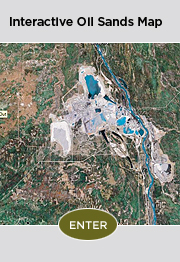Transit
Transit Sub-Committee
The Transit Sub-Committee recommends through the Oil Sands Developers Group Board of Directors strategies and actions that support the safe, timely and efficient mobilization of the oil sands workforce and the community at large.
Current Discussions and Activities
- Identify and develop collaborative industry strategies and actions to reduce the transit times and optimize vehicular traffic associated with workforce mobilization
- Collaborate with relevant government departments towards maximizing and improving road traffic and overall transit infrastructure for worker and community mobility in the Regional Municipality of Wood Buffalo
- Work with The Oil Sands Developers Group Transportation Committee to develop solutions that complement and enhance solutions developed for the movement of equipment
- Work with relevant government departments to identify and prioritize infrastructure improvement projects
- Identify short, medium and long term strategies to maximize the efficient, safe and timely mobilization of the workforce
- Act as a centre of information to assist member companies in accessing shared knowledge and experience regarding transit issues
- Recognize that by eliminating or minimizing transportation risks and barriers through a collaborative approach, we improve:
- Safety for our employers, contractors, and community
- Quality of life through more predictable and consistent travel times.
- Attraction and retention of new and existing workforce to the Wood Buffalo Region
- Our collaboration with stakeholders to maximize synergies and appropriately contribute to the execution of priority work
- Communications regarding changes, impacts, and project status for transit issues




















